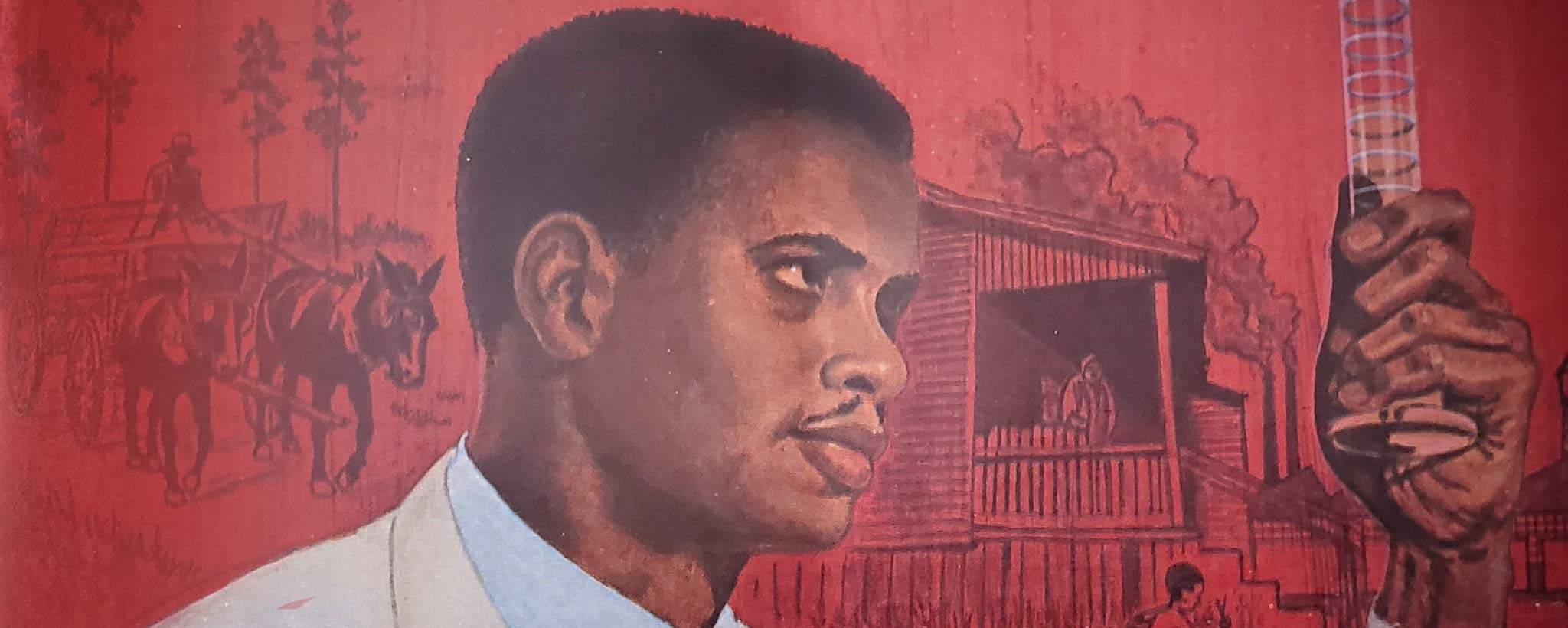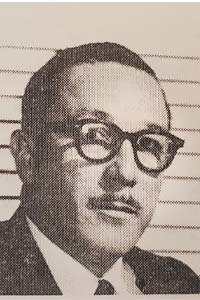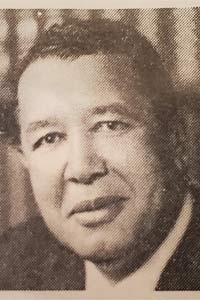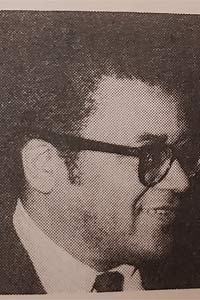Articles

50 Years Later, How Would You Answer This Question?
In the fall of 1970, TVA’s Office of Information debuted an experiment--a quarterly magazine, Tennessee Valley Perspective, for employees and retirees to report and interpret the changing nature of the Tennessee Valley Region. The stated goal of this new publication was “to highlight the region’s uniqueness, vitality, strengths, and problems and to help create a common awareness for its needs and opportunities.” The experiment proved successful, and the magazine kicked off its second year with a feature article entitled, “Blacks — A Neglected Potential.”
In the introduction to this issue, the editors noted that “The Tennessee Valley Region has been built from a backwater wilderness to a modern industrial society by the people who have lived and worked here over the span of two centuries. These people have been as diverse as the land they inhabited. They have included the Tennessee mountaineer, the Mississippi planter, the Alabama sharecropper, the Memphis blues singer, the itinerant evangelist, the riverboat hand, and the modern industrialist. They have been red and white and black and brown.” The article provided perspective on the historic and changing role of the black man in the region’s economic and social development. And the editors invited three influential black leaders to answer this question: “How can the Valley Region better use the talents of its black citizens?”
Three Thoughts, One Goal

The first of these leaders, Lewis Sinclair, served as chief of TVA’s Economic Research Staff and was awarded the 1971 Brotherhood Award from the Knoxville Roundtable of the National Conference of Christians and Jews for his long work on behalf of improved race relations. He noted that it is not the “region” that utilizes its citizens, but rather the organizations and institutions within the region. He went on to say that “the problem is not how to utilize them, but a lack of commitment to do what justice and decency require.” He ended his answer with “the responsibility for promoting the necessary commitment and action rests with the highest corporate officials of the government and business organizations of the region. He called for action, stating “it requires more than lip service.”
 Dr. H. D. Morrison, the second leader to share his thoughts on the question, was president of Alabama A&M University located in Normal, Ala. As a recognized leader in black education in the South, his answer focuses largely on education inequalities. Dr. Morrison wrote that “black citizens should be granted the same opportunities as other members of society to work in any capacity commensurate with their abilities. Moreover, black citizens should have the opportunity to develop their talents and capabilities for the good of the Valley, just as other citizens. For example, predominantly black educational institutions should receive the same support from TVA and others as predominantly white institutions receive.” He also wrote that “the Valley cannot fulfill its commitment or its destiny unless it is capable of making wise use of all its resources. This includes the talents and capabilities of all its citizens.”
Dr. H. D. Morrison, the second leader to share his thoughts on the question, was president of Alabama A&M University located in Normal, Ala. As a recognized leader in black education in the South, his answer focuses largely on education inequalities. Dr. Morrison wrote that “black citizens should be granted the same opportunities as other members of society to work in any capacity commensurate with their abilities. Moreover, black citizens should have the opportunity to develop their talents and capabilities for the good of the Valley, just as other citizens. For example, predominantly black educational institutions should receive the same support from TVA and others as predominantly white institutions receive.” He also wrote that “the Valley cannot fulfill its commitment or its destiny unless it is capable of making wise use of all its resources. This includes the talents and capabilities of all its citizens.”
 The third leader who shared his thoughts was The Reverend James Lawson, Jr.
who was chairman of the Tennessee Council of Human Relations and pastor of Centenary United Methodist Church in Memphis. He wrote that “our most urgent need remains that of justice and freedom. All of us in the Tennessee Valley Region--black
and white, rich and poor--need this most profound dimension of life.” He laid out a series of steps to remove injustice, noting that the first step must be “a different spirit and a new attitude toward others.”
The third leader who shared his thoughts was The Reverend James Lawson, Jr.
who was chairman of the Tennessee Council of Human Relations and pastor of Centenary United Methodist Church in Memphis. He wrote that “our most urgent need remains that of justice and freedom. All of us in the Tennessee Valley Region--black
and white, rich and poor--need this most profound dimension of life.” He laid out a series of steps to remove injustice, noting that the first step must be “a different spirit and a new attitude toward others.”
Progress for the Future
Fifty years later, many in the Valley might still ask how the region could better leverage the talents of all of its citizens. In an answer that is as relevant today as it was in 1971, the editors of the magazine offered this insight: the region’s “future progress will be determined in large measure by its response to this question, because its progress, now as in the past, is linked inextricably to the progress of all its people.”